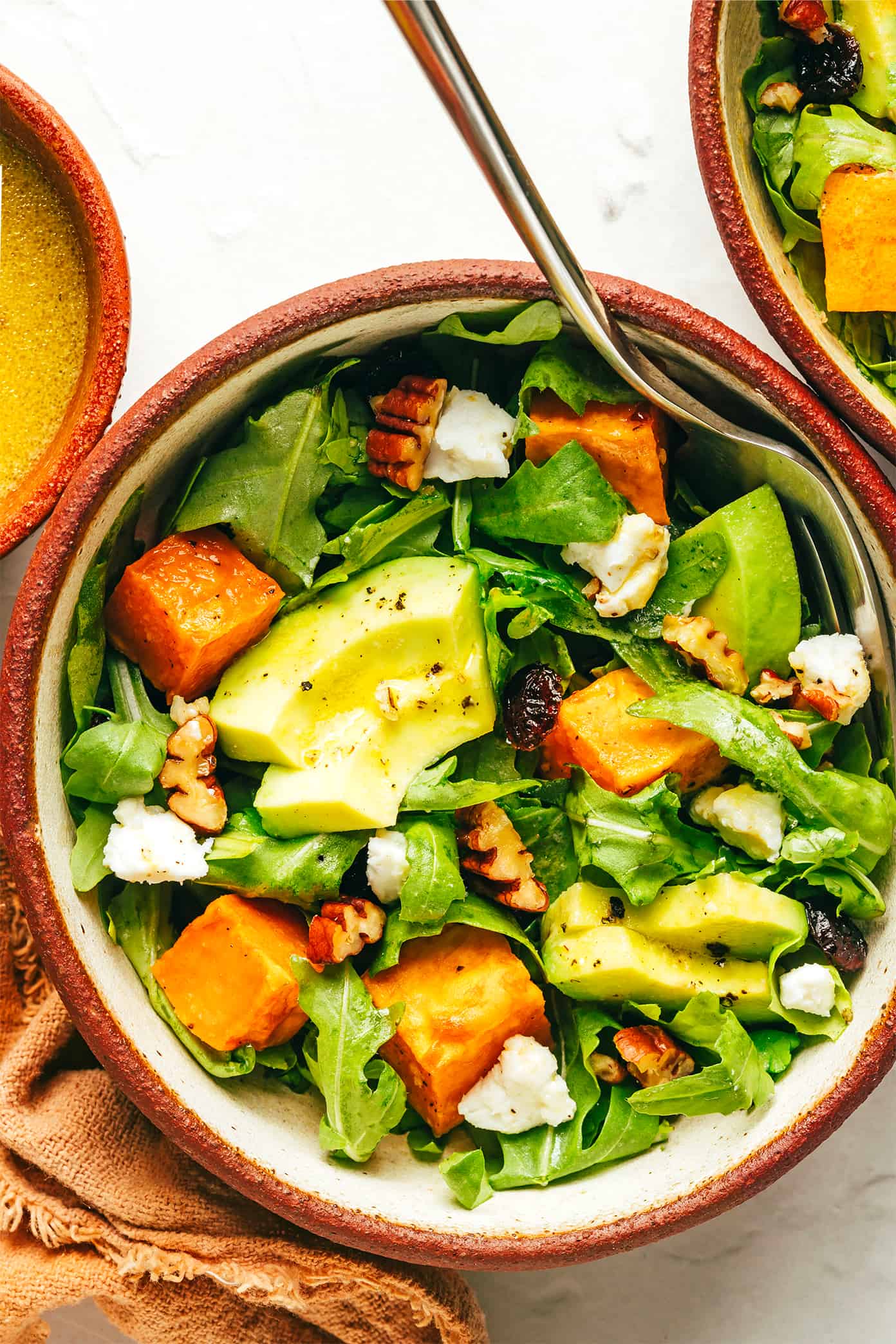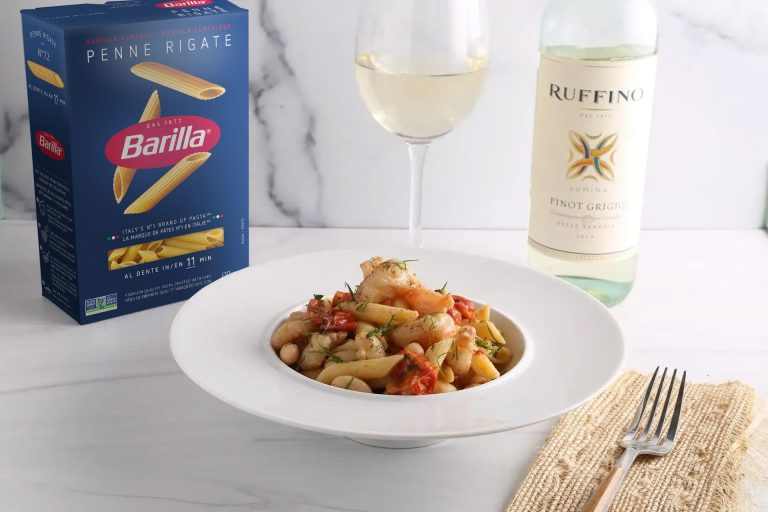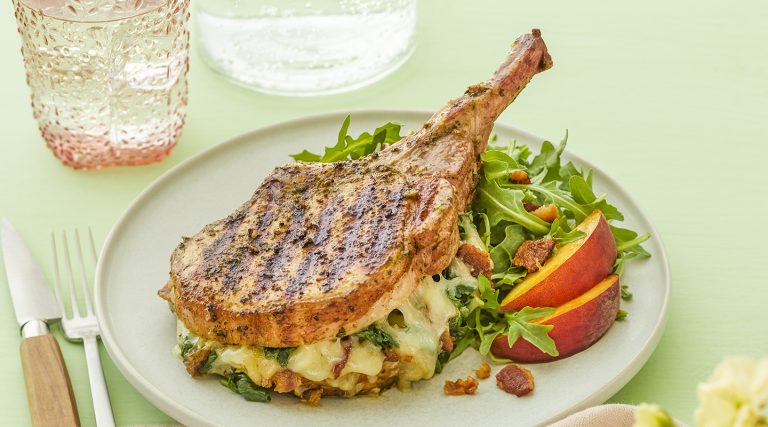Vegetable Salad: Fresh Ingredients, Perfect Balance & Healthy Dressings
Fresh vegetables are crucial for a standout salad. Ensure the ingredients are locally sourced or recently harvested to maximize flavor and nutrient content. Using farm-fresh lettuce, vine-ripened tomatoes, or just-picked cucumbers enhances both taste and quality. Check for vibrant colors and crisp textures when selecting your produce—these are indicators of freshness.
Variety of Textures and Colors
A mix of textures and colors adds visual appeal and an exciting eating experience. Combine crunchy vegetables like carrots and bell peppers with softer ingredients such as avocados and tomatoes. Use leafy greens like kale or spinach for a varied mouthfeel. Choose multiple colors to create a visually striking dish. For example, combine red bell peppers, purple cabbage, yellow corn, and green cucumbers to make the salad more enticing.
Essential Components of the Best Vegetable Salad
Choosing the Right Greens
Selecting the foundation of your salad involves choosing the right greens. Dark leafy greens like spinach, kale, and arugula provide a rich source of vitamins A, C, and K along with iron and calcium. Iceberg lettuce can add a satisfying crunch, but mixing in more nutrient-dense options boosts the health benefits. For added flair and variety, consider using red leaf lettuce or Swiss chard.
Adding Nutritious Vegetables
Incorporating various nutritious vegetables enhances both flavor and texture. Include vibrant carrots, bell peppers, and tomatoes to provide a mix of sweetness and tanginess. Cruciferous vegetables like broccoli and cauliflower add crunch and are excellent sources of fiber and antioxidants. Don’t overlook the inclusion of radishes and beets, which contribute unique flavors and a beautiful color contrast.
Incorporating Protein Sources
Adding protein sources ensures your vegetable salad is a well-rounded meal. Plant-based proteins like chickpeas, tofu, and edamame are excellent options. Incorporate nuts and seeds such as almonds, sunflower seeds, and chia seeds for added texture and healthy fats. For non-vegetarians, grilled chicken or hard-boiled eggs can provide a protein boost without overshadowing the vegetables.
Dressing Your Vegetable Salad
Classic Vinaigrettes
Classic vinaigrettes elevate vegetable salads with their tangy and refreshing flavors. Typically, a basic vinaigrette consists of three parts oil to one part vinegar. Common oils include olive oil and avocado oil, which add depth and richness. For acidity, you can choose between balsamic vinegar, red wine vinegar, or apple cider vinegar.
Incorporate additional flavor by whisking in Dijon mustard, honey, or garlic. These ingredients complement the crispness of fresh vegetables, ensuring a harmonious balance. For example, a simple lemon vinaigrette, made by combining olive oil, lemon juice, minced garlic, salt, and pepper, pairs well with leafy greens like spinach and arugula. Using fresh herbs like basil or rosemary enhances the vinaigrette’s complexity, providing a more sophisticated taste.
Creamy Dressings and Their Alternatives
Creamy dressings offer a rich texture that complements many vegetable salads. Classic options like ranch, blue cheese, and Caesar dressings are popular. These dressings often use ingredients such as yogurt, mayonnaise, or sour cream as a base. For a healthier alternative, opt for Greek yogurt or avocado-based dressings. Greek yogurt provides creaminess and a tangy flavor without excess calories. For instance, a yogurt-based dressing might include Greek yogurt, fresh dill, lemon juice, and garlic.
Avocado dressings bring a creamy texture with added health benefits. Blend avocado with lime juice, cilantro, and a touch of olive oil. It enhances the salad with a smooth consistency and a vibrant taste. Such alternatives maintain the indulgent feel of creamy dressings while offering nutritional benefits, making your vegetable salad both flavorful and healthy.
Tips for Assembling the Perfect Salad
Balancing Flavors
Mixing sweet, salty, sour, and bitter elements creates a well-rounded salad. For sweetness, incorporate fruits like strawberries or mangoes. Include salty elements like feta cheese or olives. Use lemon juice or vinegar for sour notes. Add arugula or radicchio to introduce bitterness. This balance ensures a delightful taste in every bite.
Portion Sizes and Presentation
Maintaining proper portion sizes elevates the salad. Use about two cups of greens per serving. Add half a cup of chopped vegetables for variety. Include 3-4 ounces of protein, such as grilled chicken or tofu. Garnish with a tablespoon of nuts or seeds for texture. Present your salad in a shallow bowl. Arrange ingredients in sections for an appealing look.
Conclusion
Crafting the best vegetable salad is all about using fresh, locally sourced ingredients for maximum flavor and nutrition. By selecting the right combination of greens, vegetables, and protein sources, you can create a nutritious and delicious meal. Experiment with different dressings, balancing flavors, and maintaining proper portion sizes to elevate your salad experience. With these tips, you’ll be well on your way to enjoying vibrant, healthy, and satisfying vegetable salads every time.






